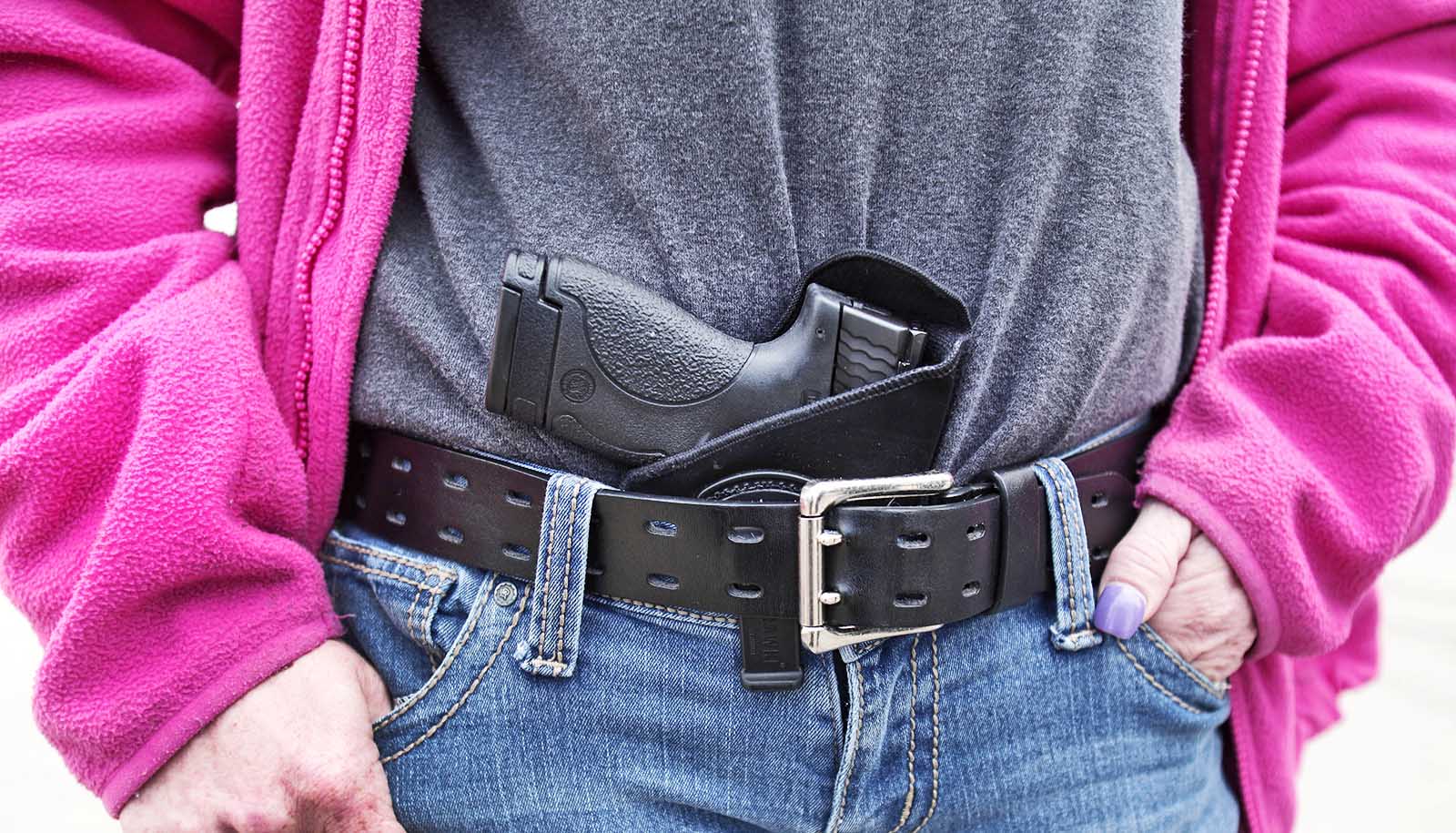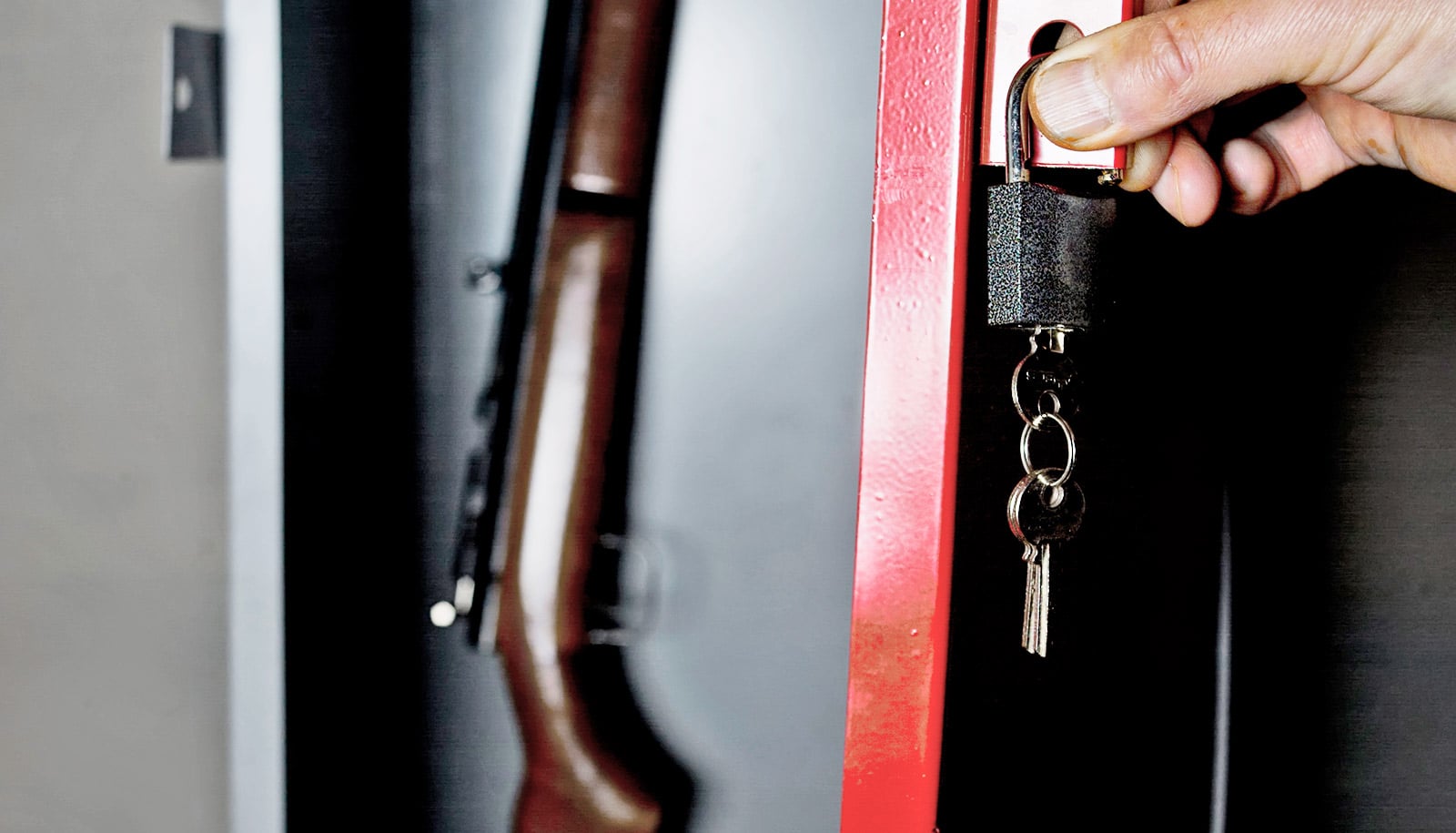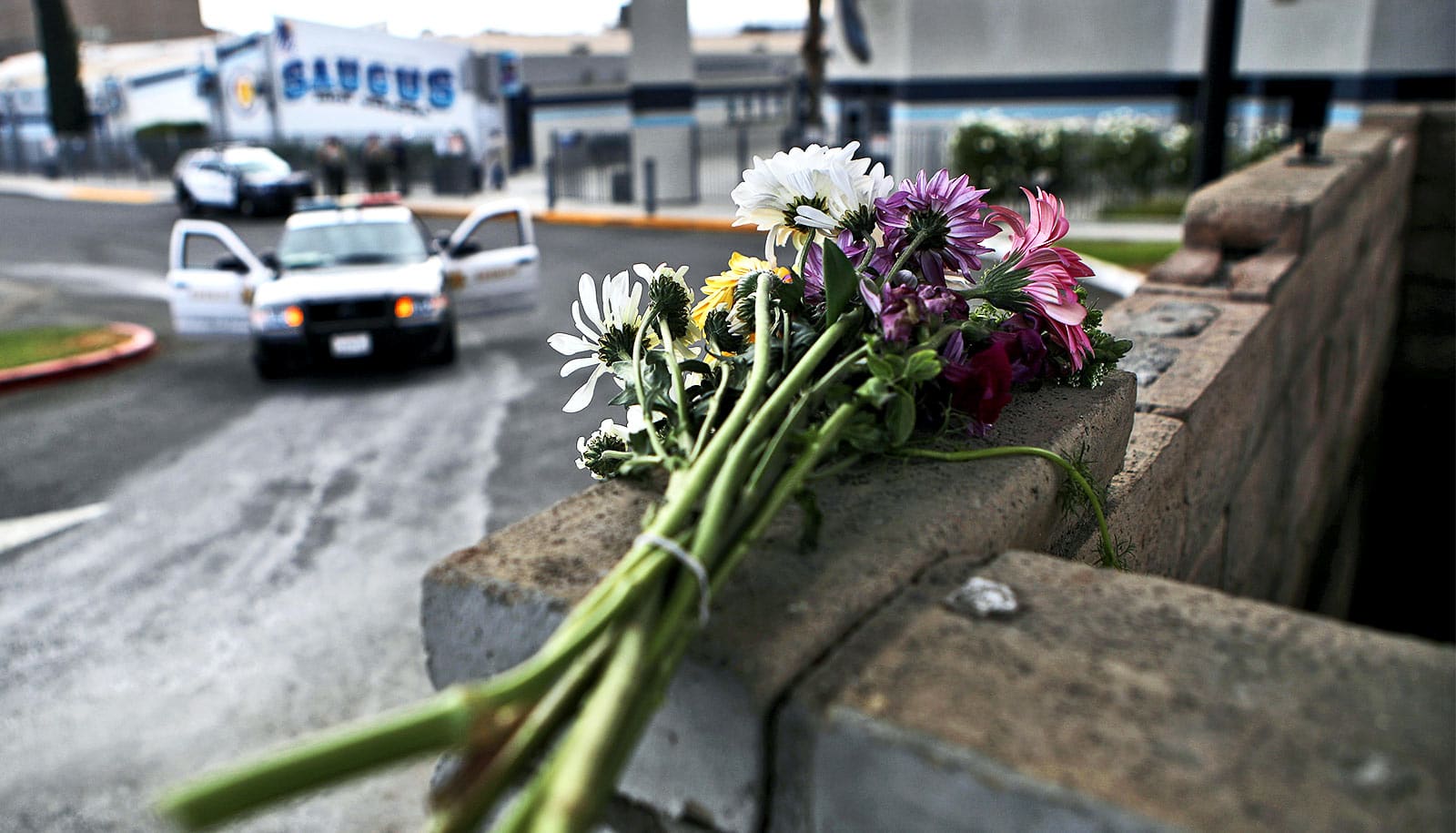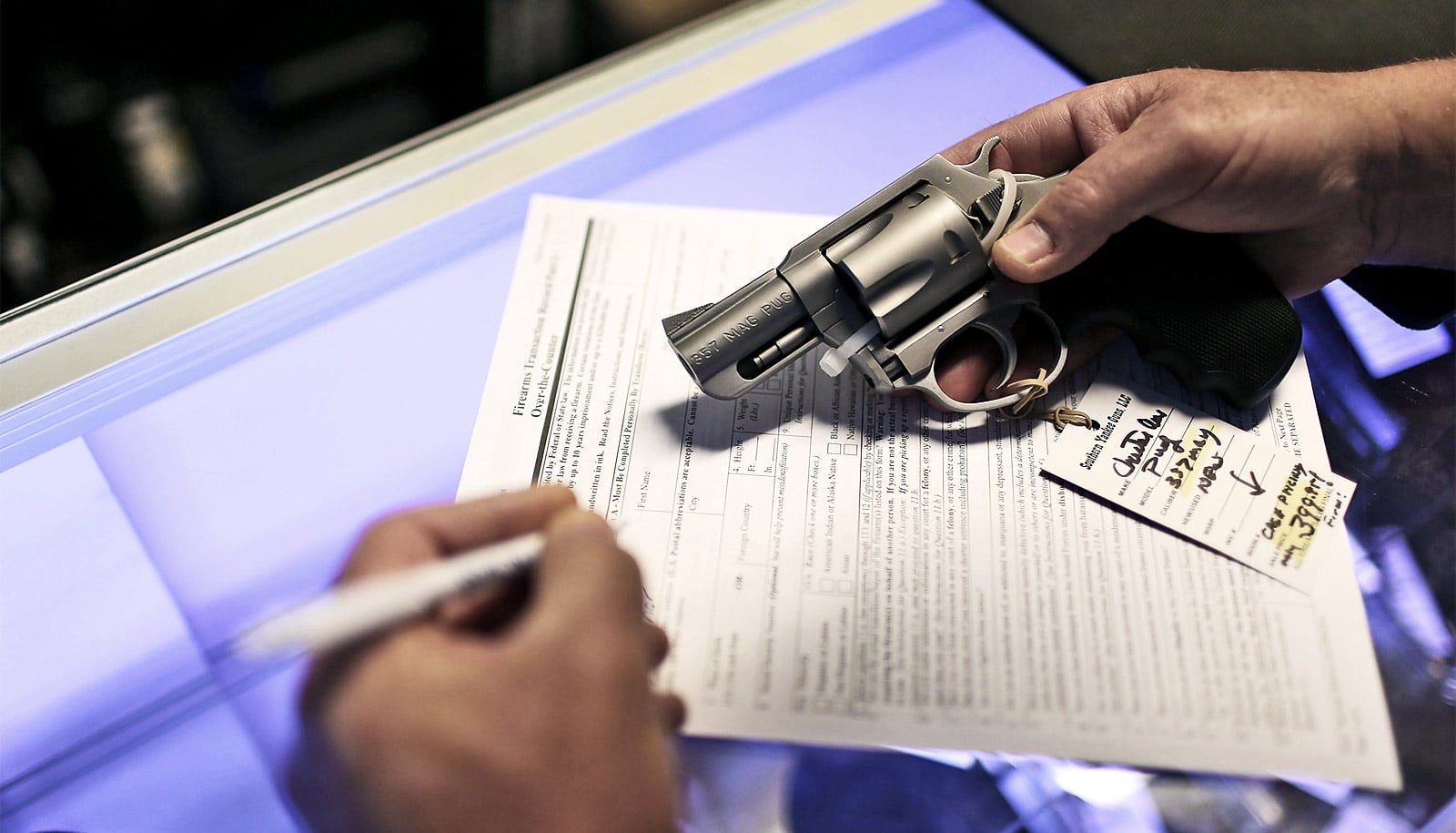The number of adult handgun owners carrying a loaded handgun on their person doubled from 2015 to 2019 in the United States, according to new research.
Data come from the 2019 National Firearms Survey (NFS), an online survey of US adults living in households with firearms, including nearly 2,400 handgun owners. Compared to estimates from prior research, the new study suggests that in 2019 approximately 16 million adult handgun owners had carried a loaded handgun on their person in the past month (up from 9 million in 2015) and 6 million carried every day (twice as many as carried daily in 2015).
Published in the American Journal of Public Health, the study also finds that a larger proportion of handgun owners carried handguns in states with less restrictive carrying regulations: In these states, approximately one-third of handgun owners reported carrying in the past month, whereas in states with more restrictive regulations, only about one-fifth did.
“Between increases in the number of people who own handguns and the number of people who carry every day, there has been a striking increase in handgun carrying in the US,” says lead author Ali Rowhani-Rahbar, a professor of epidemiology and professor for the study and prevention of violence at the University of Washington.
Among the other findings of the new study:
- About 7 in 10 handgun owners said they carried a loaded handgun as protection against another person, dwarfing the number who said they carried as protection against an animal, for example, or for work
- 4 in 5 handgun owners who reported carrying were male, 3 in 4 were white, and a majority were between the ages of 18 and 44
Researchers point to some limitations of the study: Respondents were asked if they carried, and how often, but not where. It is possible that a person residing in a state with one type of permitting restrictions (or none) could have carried their handgun in another state with different laws. The study also did not ask whether the respondent carried a handgun openly or concealed.
While the data are from 2019, researchers say the findings are timely, following the US Supreme Court ruling in June that struck down a New York state handgun-carrying law. States, in general, have become less restrictive over the years regarding handgun carrying—more than 20 do not require permits to carry today, compared to only one such state in 1990. The differences that this study highlights suggest that this behavior may be responsive to the types of laws governing carrying that pertain in a state.
“The Supreme Court ruling has already resulted in some states’ loosening of laws related to handgun carrying,” Rowhani-Rahbar says. “In light of that ruling, our study reinforces the importance of studying the implications of handgun carrying for public health and public safety.”
The study had funding from the Joyce Foundation and the New Venture Fund.
Source: University of Washington



